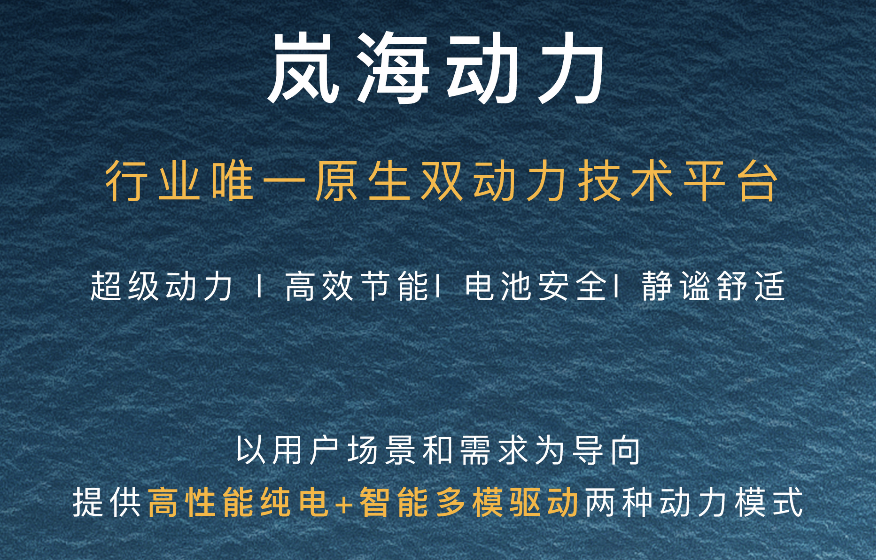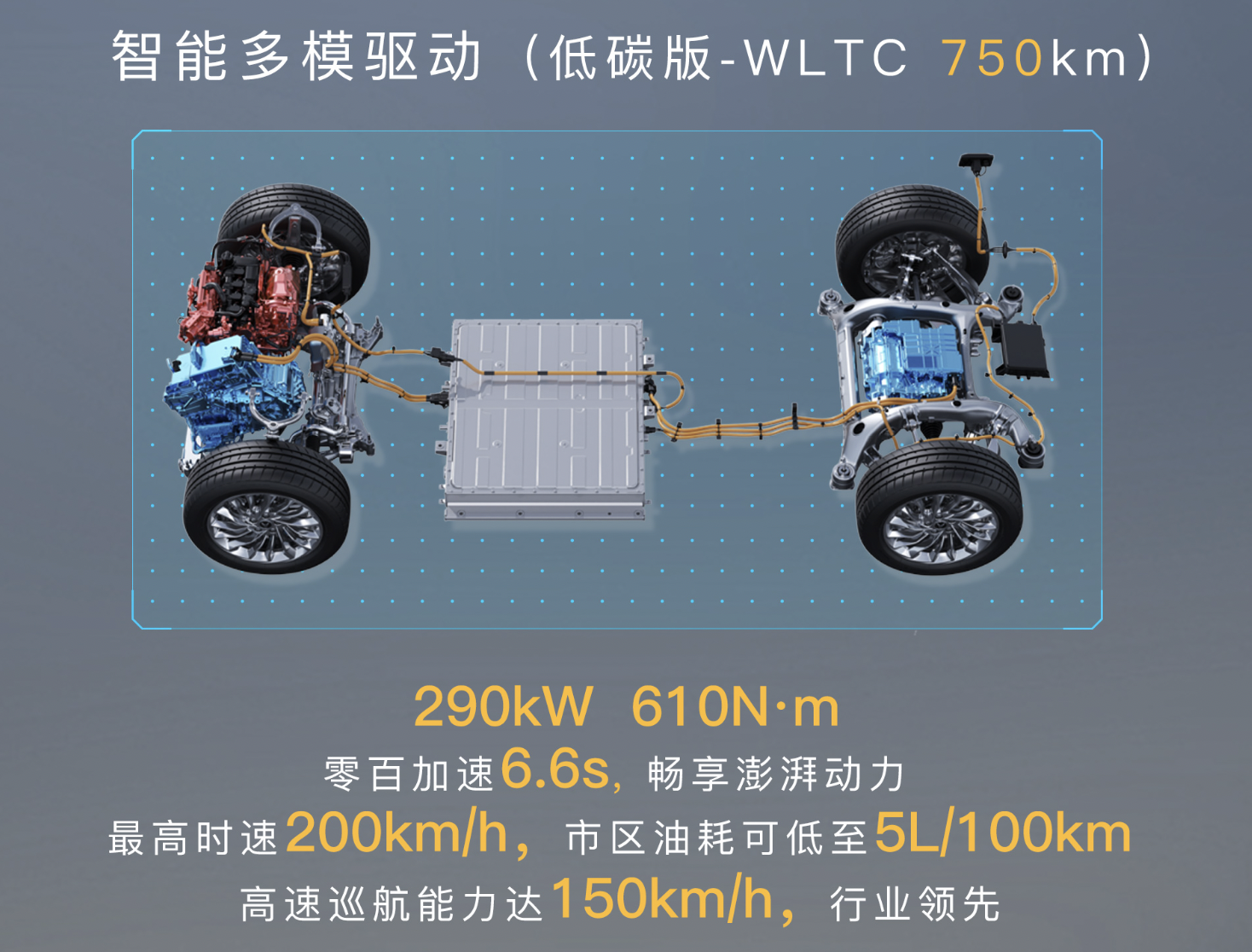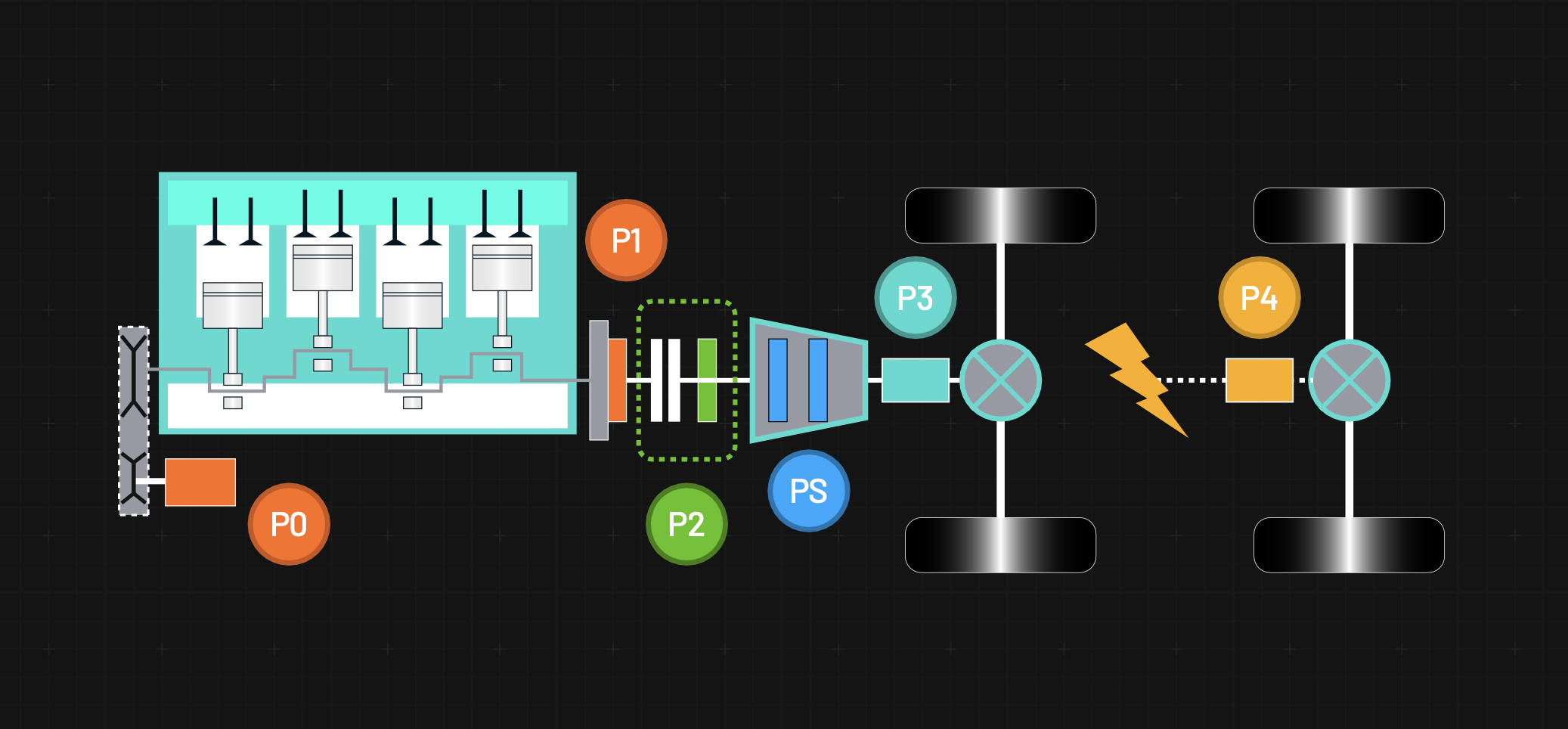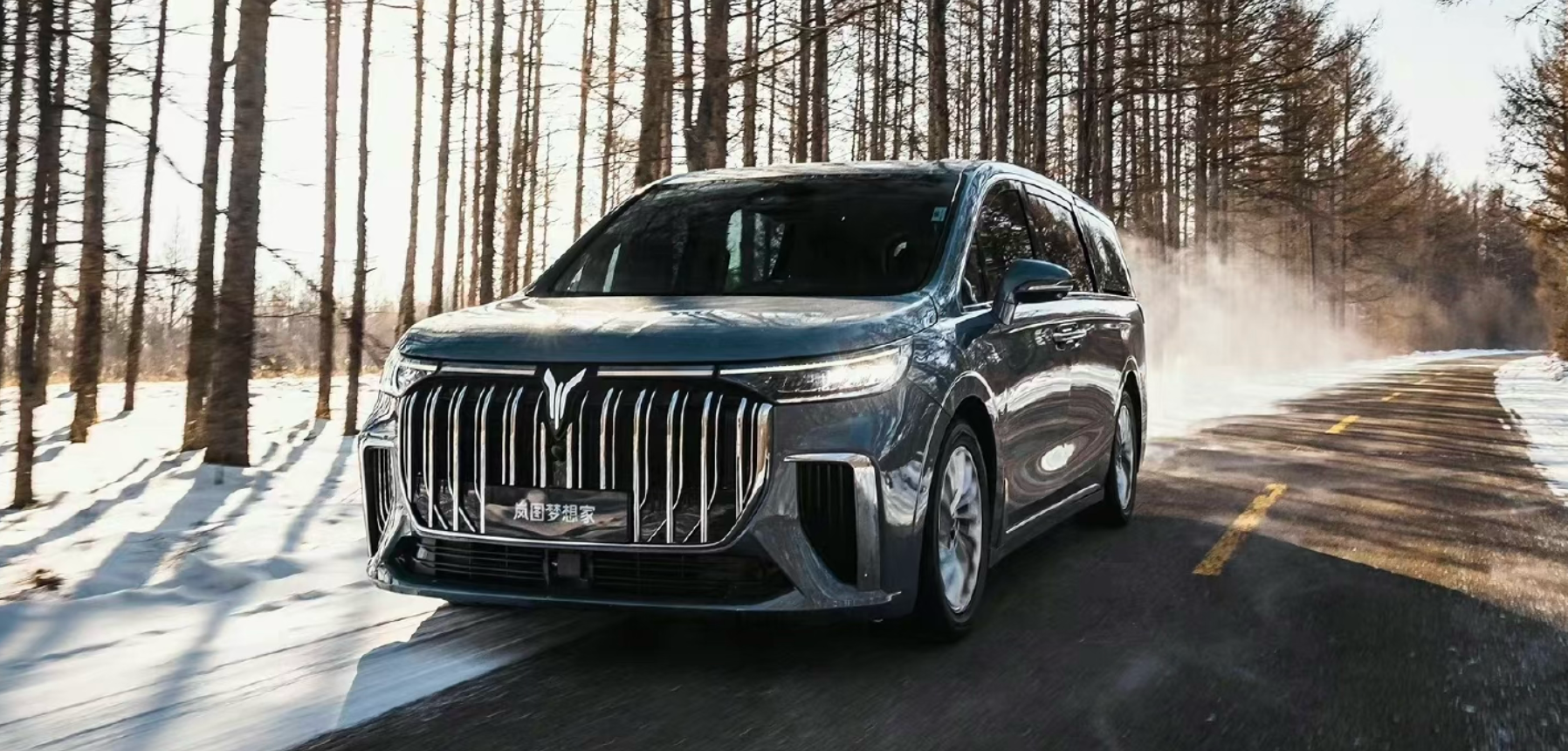On the evening of May 9th, Voyah officially answered questions about “Lanhai Power”.

Voyah has unified all different types of driving forms as “Lanhai Power”, which is divided into two power forms: “pure electric” and “intelligent multimode”. This means that the dual power scheme of “pure electric” + “extended range” on Voyah’s first car model, FREE, has changed.
-
Voyah Dreamer Zero Carbon Edition (pure electric) is equipped with front and rear dual motors with a maximum power of 160 kW and a peak torque of 620 N·m, with a hundred-kilometer acceleration of 5.8 seconds. Among them, the standard CLTC version has a range of 475 km, and the long-range version CLTC has a range of 605 km. It supports up to 230 kW power fast charging, and can charge from 20% to 80% in 20 minutes.
-
Voyah Dreamer Low Carbon Edition (PHEV) is equipped with front and rear dual motors with maximum power of 130 kW/160 kW respectively, peak torque of 610 N·m, hundred-kilometer acceleration of 6.6 seconds, and a top speed of 200 km/h, with a WLTC range of 750 km. The energy consumption per 100 km of MIIT is 7.4 L/100 km.

As for the system mechanism, the information we know is similar to BYD’s current DM-p hybrid system, which will adopt single-stage direct drive at speeds above 70 km/h to achieve more efficient energy consumption.
Reasons

Why did Voyah abandon the extended range scheme on FREE? I think there are mainly two reasons:
-
For a vehicle with a curb weight of 2,540 kg, parallel direct drive is necessary to balance fuel consumption and performance.
-
MPVs travel long distances, and there are naturally many high-speed scenarios, so the disadvantages of extended range are particularly prominent, and gear connecting needs to be increased to reduce energy consumption.
-
The key point is performance, which is the main selling point of Voyah Dreamer. The difficulty here is that if it is still an extended range, even if the energy consumption performance is not considered, a more powerful motor is needed, which requires batteries with higher discharge rates or larger capacities. This is bad news for cost and weight.
Therefore, considering all factors, Voyah used this kind of “extended range-like” PHEV scheme on the Dreamer.
This article is a translation by ChatGPT of a Chinese report from 42HOW. If you have any questions about it, please email bd@42how.com.
